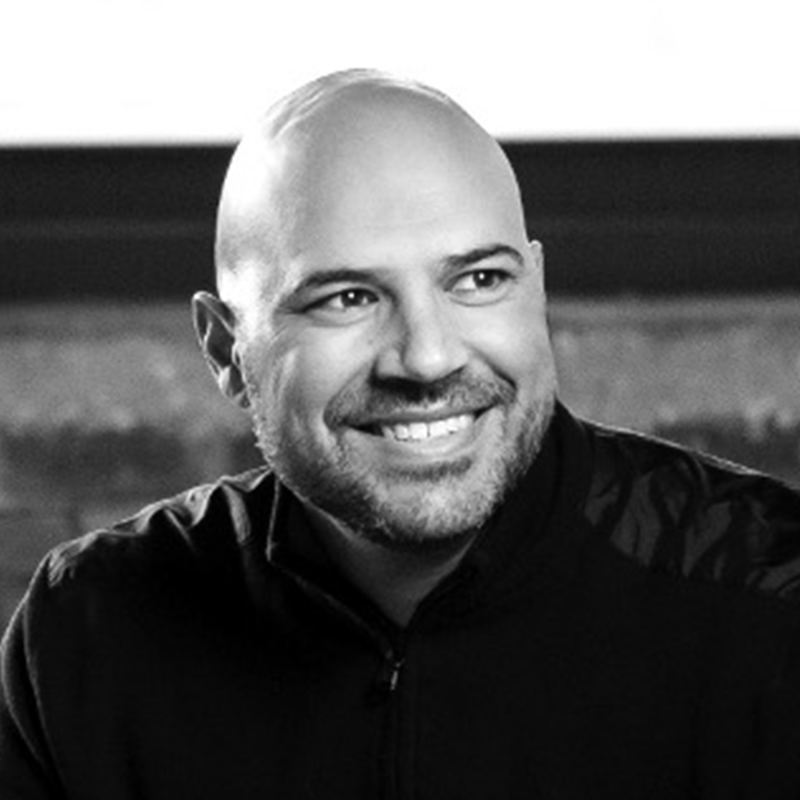When we approach scenario planning, we often focus on the mechanics—the frameworks, the analysis, the documentation. But what if the most powerful aspect isn’t the process itself, but the mindset it cultivates?
Most organizations engage in some form of scenario planning. They map out potential futures, analyze variables, and create contingency plans. But those who gain the most from scenario planning aren’t necessarily those with the most sophisticated models—they’re the ones who approach it with a fundamentally different mindset.
Here are three mindset shifts that can transform how you approach scenario planning and how you navigate uncertainty:
1. Be Confident That You’re Already Wrong
The most liberating starting point for scenario planning isn’t certainty—it’s acknowledging that your current assumptions are almost certainly wrong in some way. This isn’t pessimism; it’s empowerment.
When we accept that our predictions will be imperfect, we free ourselves from the paralysis of trying to get everything right. Instead, we can focus on building adaptability into our plans. As one executive client recently told me, “Once I stopped trying to predict the exact future and started preparing for multiple futures, my anxiety decreased and my strategic thinking improved.”
This mindset shift changes the fundamental question from “What will happen?” to “How might we respond to what happens?”
Scenario planning is an ongoing conversation with the future.
2. Start with the Best Case, Not the Worst
There’s a curious phenomenon in scenario planning: we often gravitate toward worst-case scenarios first. We’re wired to identify threats before opportunities. But this approach can be counterproductive.
When we begin with positive scenarios, we tap into the power of positive visualization—a technique used by elite athletes, successful entrepreneurs, and innovative organizations. By envisioning success, we’re more likely to identify the paths that lead there.
This isn’t just feel-good advice—it’s practical strategy. The scenarios we spend the most time contemplating often become self-fulfilling prophecies. Organizations that orient around opportunity tend to spot possibilities that threat-focused organizations miss entirely.
One entrepreneur coaching client shifted their approach from “What could go wrong?” to “What could go extraordinarily right?” The result wasn’t just more energizing sessions—they identified market opportunities they had previously overlooked.
We’re always co-creating stories with countless other actors.
3. Remember: For Every Action, There Is a Reaction
Perhaps the most important mindset shift is recognizing that scenario planning isn’t a one-time exercise but an ongoing conversation with the future. For every action you take, the world responds. For every shift in the environment, you have the opportunity to adapt.
Too often, we approach scenario planning as if we’re trying to write the entire story in advance. But the reality is that we’re always co-creating stories with countless other actors. The true power comes not from predicting every twist and turn, but from developing the agility to respond effectively to whatever unfolds.
This mindset—that you’ll have multiple “bites at the apple”—reduces the pressure to get everything right immediately and focuses attention on building responsive capabilities rather than rigid plans.
The Scenario Mindset in Practice
When these three mindset shifts come together, scenario planning transforms from a periodic planning exercise into a continuous strategic conversation. You move from trying to predict the future to actively shaping it.
The most valuable outcome of scenario planning isn’t the scenarios themselves—it’s the expanded thinking, the strategic flexibility, and the confidence to navigate uncertainty that comes from the process.
When I was responsible for contingency planning at a large health care organization we didn’t just create scenarios—we rehearsed them. We routinely practiced how we would respond to different futures, building the mental and organizational muscles needed for agility. When the unexpected happened (as it always does), we weren’t caught flat-footed—we had already cultivated the mindset needed to adapt.
As you approach your next strategic planning cycle, remember that the most powerful tool isn’t on your spreadsheet or whiteboard—it’s the mindset you bring to the conversation about the future.
What mindset shifts have you found valuable in your approach to planning for uncertainty?

Joel Farran, MS
Senior Strategy, Communications, Health Care, and Community Investment Advisor
Prior to joining Ad Lucem Group, Joel’s 20+ year career in health care, community engagement, and board development work has included the roles of: Chief Brand Officer & Senior Vice President; Senior Vice President, Strategy and Corporate Relations; and Vice President, Chief of Staff to the CEO at Blue Cross and Blue Shield of Illinois, Montana, New Mexico, Oklahoma, & Texas. Joel has led numerous significant corporate planning, merger & acquisition execution and integration activities and community investment initiatives. He specializes in advising executives on making high-impact moves and currently serves numerous community and not for profit organizations in various roles in the Chicago-area. Joel holds a BS in Psychology from the University of Illinois at Urbana-Champaign and a MS in Health Systems Management from Rush University, Chicago. In his spare time, Joel is a master soccer dad and novice, unknown screenwriter.
Learn more about Joel here.
Are You Leading For Peak Performance?
Take this short assessment to gain insights on the kind of culture you’re fostering, how your leadership is impacting your team’s performance, and if you’re creating a great place to work.
Are you interested in learning how to lead your business through positive change? Click here to schedule an appointment.


